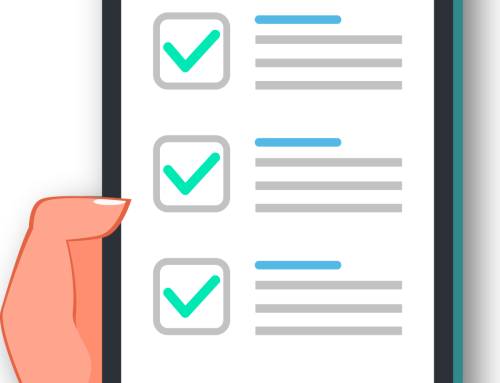
BHM can help you with drug utilization review call 1-888-831-1171 or email results@bhmpc.com
Drug Utilization Review
One of the most costly and complex elements of today’s healthcare system is prescription drugs. For each state, there are tools and resources for hospitals to review prescription drug use and make sure it’s in line with Medicare’s program.
The Medicaid Drug Utilization Review (DUR) Program uses state-administered management systems to promote patient safety. They make use of the nationwide Medicaid Management Information System (MMIS) to keep track of such an enormous amount of patient data.
Drug Utilization Review | Prospective and Retrospective
Medicaid DUR is conducted by state agencies and requires two separate steps. The first step is prospective, meaning the Medicaid looks at prescription drug prescriptions, dispensing patterns and use to identify potential issues. This is review via an electronic monitoring system that can assess claims against expected data and foresee problems. The second part is retrospective and examines claim data to look for patterns of fraud, medical necessity and overuse. It should also be noted that concurrent review occurs during the course of treatment. Medication reconciliation needs to occur at each step of the way for patient care. From ordering to dispensing, the best defense against medication misuse is accountability. Some potentially larger issues, such as drug interactions or allergies can also be addressed in this review. By looking at a patient’s record and comparing it to a physician’s prescribing history, DUR programs are able to identify potentially problematic areas–ideally while it is just a vulnerability and not linked to a sentinel event.
Drug Utilization Review | Reduction of Fraud
States then report data yearly for review of how they are prescribing medication. Ideally, reduction of fraud and cost are the ultimate goals of DUR. These reports are accessible at the state and national level. Reporting can be subdivided by patient diagnosis to identify medication dependent patient populations that may be at higher risk for abuse. Having such information readily available to pharmacies with the advent of electronic data sources can help them to identify patterns of abuse within their communities and trace prescriptions back to their physician source, or, find common denominators among patient populations.
In addition to looking for drug misuse, DUR programs can also identify and warn of possible contraindications between multiple medications and co-morbid conditions. By structuring data collection efforts and review to cover a large range of drugs, evaluation of the final data can quickly and accurately pinpoint areas of trouble. Once these areas are identified, corrective interventions can be put in placed.
Drug Utilization Review | Managed Care Organizations
Managed Care Organizations benefit from DUR programs in the sense that providers and healthcare systems have a large amount of data on which to base performance and patient outcomes when it comes to medication. By looking at this data on a regular basis, changes can be made as problems are identified, reducing the likelihood of more serious events. For physicians, this data can be used to assess a clinician’s prescribing style and perhaps identify areas of weakness that could be suspect in the course of a concurrent audit. A physician in day-to-day practice may not realize they are making themselves vulnerable until they are confronted with the statistics, or, a poor patient outcome becomes apparent. Of course, DUR programs would prefer physicians are most often able to avoid the latter outcome.
If physicians or practices are struggling to align with the DUR criteria, there are a slew of educational programs that aim to evaluate unique practice needs and devise strategies to promote compliance and good habits. Many physicians choose to make such education part of their Continuing Education requirements for maintaining licensure. In a world where healthcare requirements seem to change on a weekly basis,DUR programs also need keep up with the ever-changing healthcare landscape. Hopefully, they will continue to evolve into multidisciplinary programs that will address medication use and misuse throughout the entire healthcare system.
BHM Healthcare Solutions offers utilization review consulting. If you have questions about utilization review in your healthcare organization, call us today for a complimentary consultation 1-888-831-1171 or email results@bhmpc.com.






